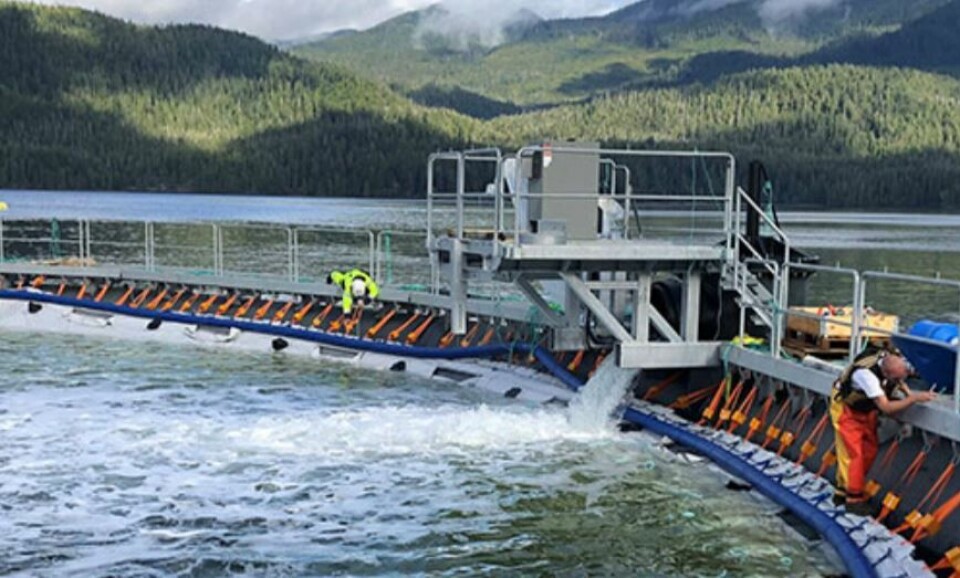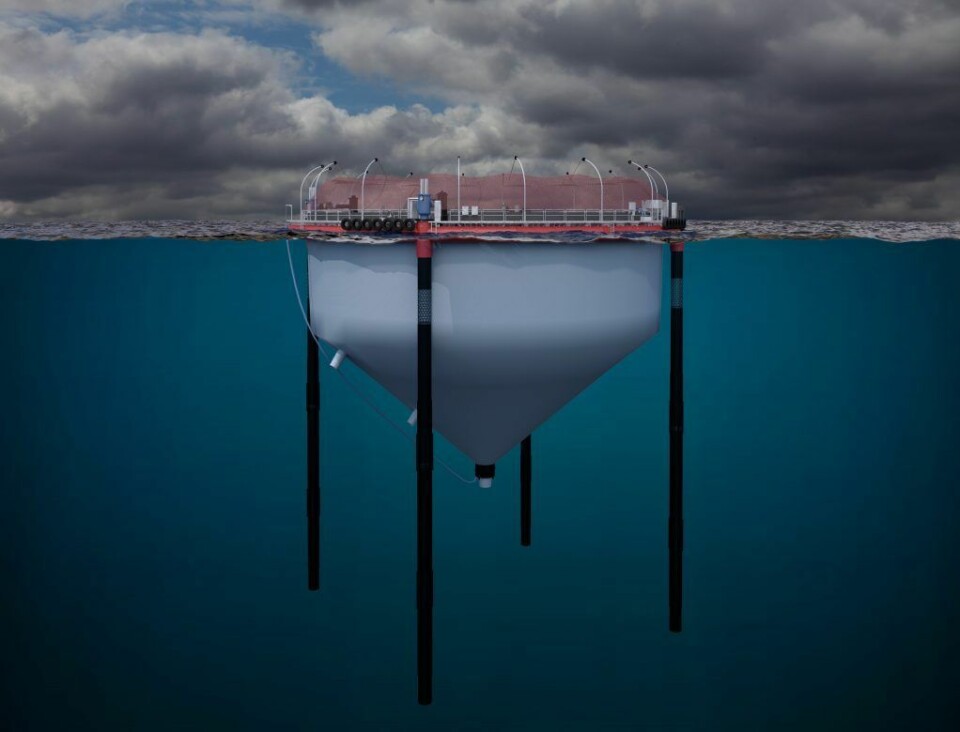
Pump breakdown blamed for early end of semi-closed cage trial in Canada
A technical fault that resulted in salmon farmer Cermaq’s decision to call an early halt to a growth trial in a floating semi-closed containment system (SCCS) in British Columbia, Canada was related to the breakdown of a pump, the company has told Fish Farming Expert.
“This reduced the water quality and increased cleaning activity,” said Harald Takle, Cermaq’s head of seawater innovation and development.
“The reduced water quality compromised the robustness of the fish and due to Covid, we were not able to repair the issue as we would have done in normal circumstances. With our learnings, we now want to ensure that we in the future reduce the risk of such events.”

Impermeable bag
The primary component of the SCCS is an impermeable fabric bag enclosing a net. The bag prevents sea lice and algae from entering the enclosure, but that protection means the system is reliant on pumps that lift water into the bag from beneath the upper layer of the water column that infectious-stage lice inhabit.
The 15,000m³ SCCS used by Cermaq Canada in Clayoquot Sound, Vancouver Island was supplied by Norwegian company Fiizk and is designed to change the entire volume of water in the bag every 50 minutes.
Bigger smolts
Cermaq had been using the SCCS to grow smolts from 100g to both 600g and 1.5kg to evaluate the system’s effectiveness as a nursery and post-smolt facility.
A smaller group of fish were due to be left in the SCCS through to harvest at 5.5 kg in the spring and summer of 2022, but Cermaq decided to harvest all the fish in the enclosure after experiencing mortalities.
The fish farmer has said it will use the system again once a full investigation is completed and issues are resolved.























































